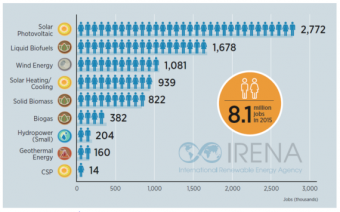 IRENA, the International Renewable Energy Agency, says the trend is clear. Jobs in clean energy industries like solar, wind, geothermal and hydroelectric are increasing while jobs in oil, natural gas, and coal extraction are decreasing worldwide. About 8.1 million people worldwide had jobs in the clean energy in 2015. That’s up from 7.7 million in 2014, according to the latest figures from IRENA.
IRENA, the International Renewable Energy Agency, says the trend is clear. Jobs in clean energy industries like solar, wind, geothermal and hydroelectric are increasing while jobs in oil, natural gas, and coal extraction are decreasing worldwide. About 8.1 million people worldwide had jobs in the clean energy in 2015. That’s up from 7.7 million in 2014, according to the latest figures from IRENA.
The clean energy advocacy group, which is based in Abu Dhabi, says jobs in the solar industry in the US were greater than those in oil and gas extraction for the first time in 2015. Job creation in the solar sector grew 12 times faster than overall job creation. By contrast, oil and gas producers slashed 351,410 jobs worldwide since prices began to slide in the middle of 2014, according to Houston-based Graves & Co.
“The continued job growth in the renewable energy sector is significant because it stands in contrast to trends across the energy sector,” said Adnan Amin, director-general of IRENA. “This increase is being driven by declining renewable energy technology costs and enabling policy frameworks. We expect this to continue as the case for renewables strengthens and countries move to achieve climate targets.” IRENA predicts there will be 24 million jobs in clean energy by 2030, driven in large measure by efforts to meet carbon reduction targets agreed to by all nations at the COP 21 summit in Paris last December.
In a trend little noticed by the mainstream press, renewable energy is starting to gain a foothold in rural America, the very place where Donald Trump support is strongest. People may disagree about climate change and what to do about it, but simple economics are driving a switch over to renewable energy in so-called red states like Texas, Oklahoma, and South Carolina.
Polls show that voters across all political fault lines strongly favor renewable energy. One such poll done by Hart Research on behalf of NextGen Climate Action shows that 70% of swing state voters support the goal of 50% clean energy by 2030, including 54% of Republicans. James and Deborah Fallows have been crisscrossing the country on behalf of the American Futures project. They say their task is “taking seriously places that don’t usually get registered seriously.”
What they are finding in their travels is that renewable energy projects in rural America are giving small town residents pride in their contribution toward green jobs and greener energy. People who make that pride part of their identity become more open to further action. Someday they may even come to see themselves as part of a larger struggle against climate change.
Source: cleantechnica.com


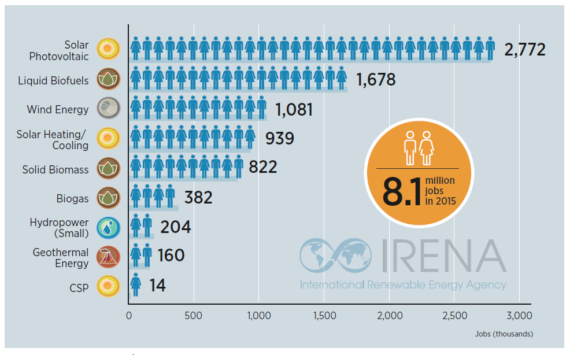


 After a very successful market introduction of RENEXPO® trade fairs and conferences for international experts, industry and inv estors in Serbia and Bosnia and Herzegovina, Myriam Dobrota opens a new chapter in the region.
After a very successful market introduction of RENEXPO® trade fairs and conferences for international experts, industry and inv estors in Serbia and Bosnia and Herzegovina, Myriam Dobrota opens a new chapter in the region.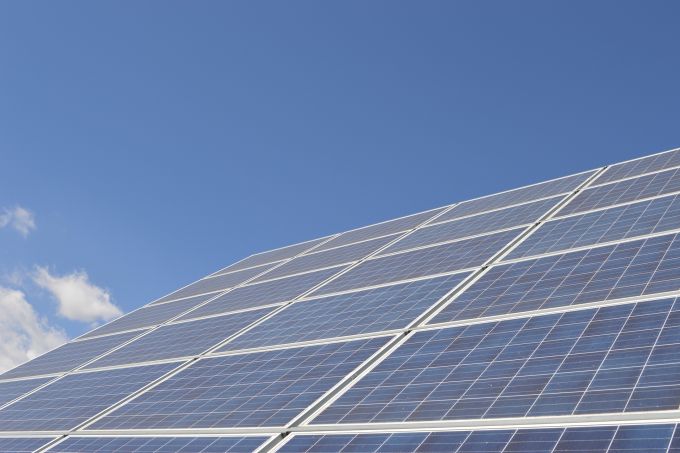
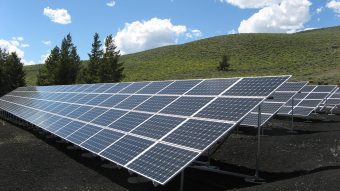


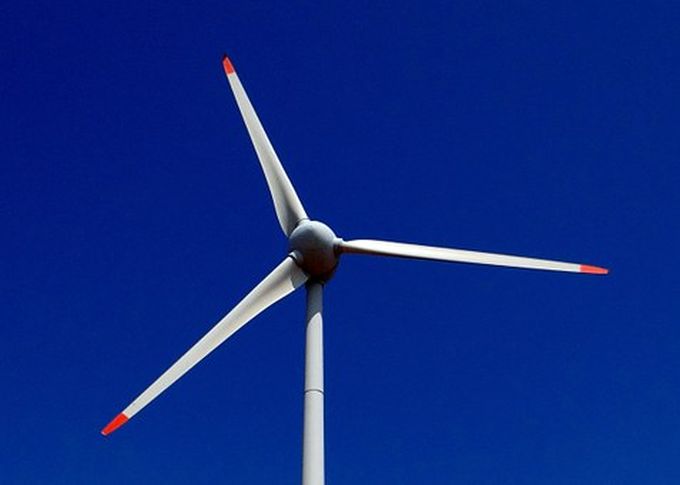
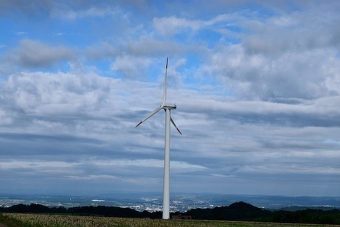







 Average Arctic sea ice extent for November was the lowest on the satellite record, reflecting unusually high air temperatures, winds from the south, and a warm ocean. Antarctic sea ice extent quickly declined in November, also setting a record low for the month – in marked contrast to recent years. For the globe as a whole, sea ice cover was exceptionally low, according to the U.S. National Snow and Ice Data Center (NSIDC).
Average Arctic sea ice extent for November was the lowest on the satellite record, reflecting unusually high air temperatures, winds from the south, and a warm ocean. Antarctic sea ice extent quickly declined in November, also setting a record low for the month – in marked contrast to recent years. For the globe as a whole, sea ice cover was exceptionally low, according to the U.S. National Snow and Ice Data Center (NSIDC).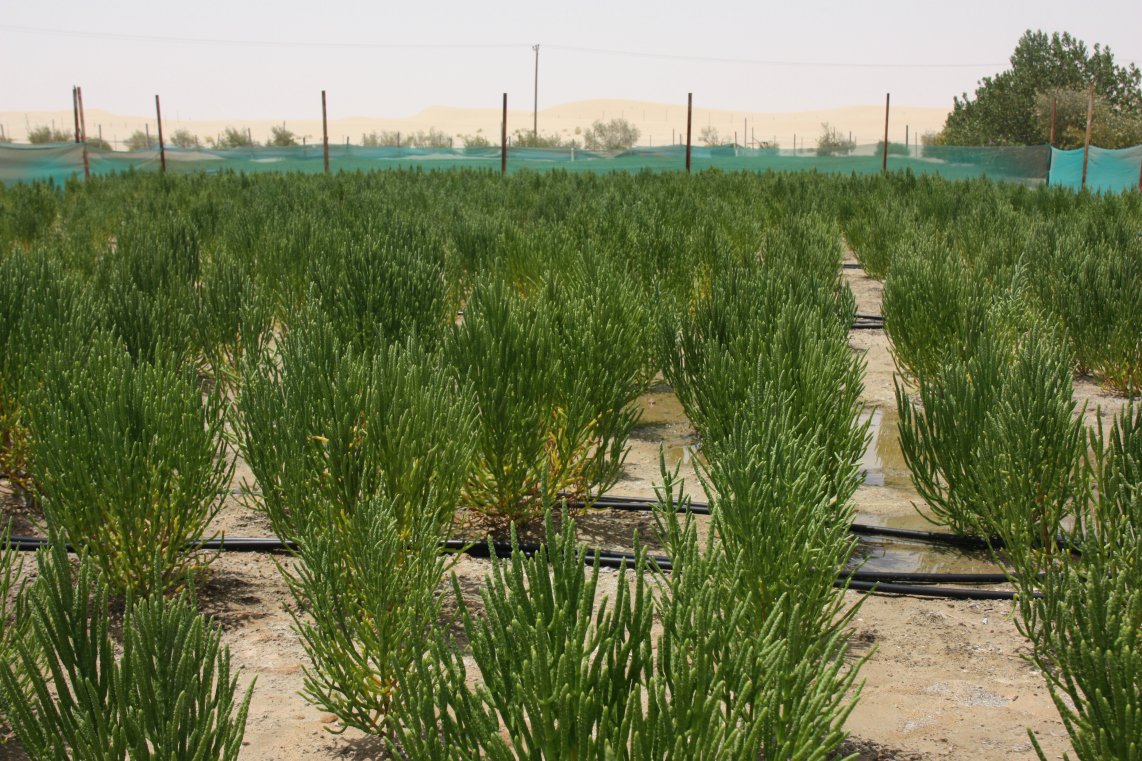
 Thirty kilometres from the bustle of downtown Abu Dhabi, lies a remarkable undertaking that could one day change the environmental impact of air travel.
Thirty kilometres from the bustle of downtown Abu Dhabi, lies a remarkable undertaking that could one day change the environmental impact of air travel.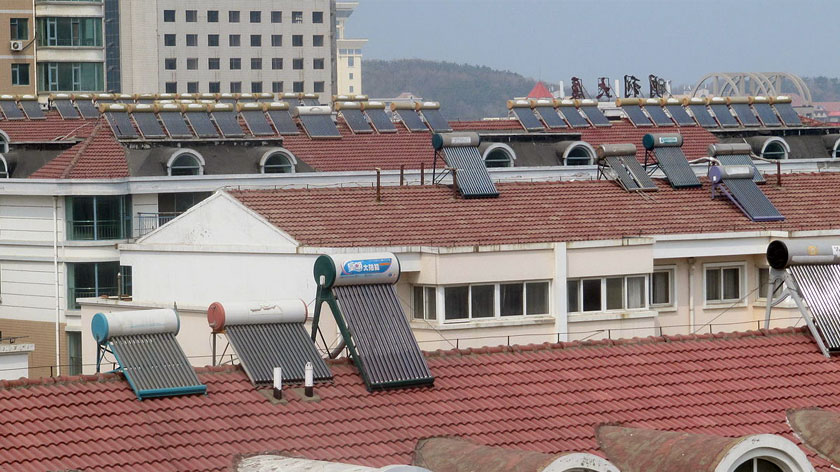
 While energy use is commonly associated with lighting or transportation, more than half of the world’s energy consumption serves a simple function: heating things. This ranges from heating homes and buildings, to firing up industrial production, or even cooking. And because heat is mostly produced by burning fossil fuels, heat production accounts for almost half of the world’s carbon dioxide emissions.
While energy use is commonly associated with lighting or transportation, more than half of the world’s energy consumption serves a simple function: heating things. This ranges from heating homes and buildings, to firing up industrial production, or even cooking. And because heat is mostly produced by burning fossil fuels, heat production accounts for almost half of the world’s carbon dioxide emissions.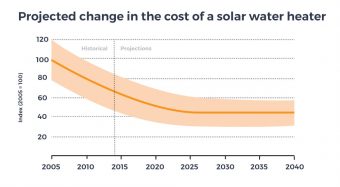 Today, the potential for lower SWH costs lies mainly in equipment and manufacturing. These can be improved by economies of scale – for example from their use in district heating – simpler designs, development of more manufacturing capacity and use of better techniques, including automation. While the initial cost is higher than gas or electric boilers, operating costs for SWH are much lower, even when electricity is used as a backup.
Today, the potential for lower SWH costs lies mainly in equipment and manufacturing. These can be improved by economies of scale – for example from their use in district heating – simpler designs, development of more manufacturing capacity and use of better techniques, including automation. While the initial cost is higher than gas or electric boilers, operating costs for SWH are much lower, even when electricity is used as a backup.
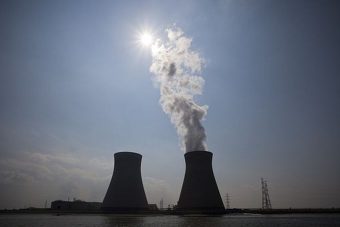



 The Work Programme for the provision of technical assistance to Western Balkan 6 Contracting Parties for supporting the creation of a regional electricity market was published today. It is aimed at removing the existing legislative and regulatory barriers and enhancing the institutional structures necessary for the functioning of the market in line with the Energy Community Treaty. The project “Technical Assistance to Connectivity in the Western Balkans – Component 2: Regional Energy Market” is funded by the European Union and implemented by the Energy Community Secretariat.
The Work Programme for the provision of technical assistance to Western Balkan 6 Contracting Parties for supporting the creation of a regional electricity market was published today. It is aimed at removing the existing legislative and regulatory barriers and enhancing the institutional structures necessary for the functioning of the market in line with the Energy Community Treaty. The project “Technical Assistance to Connectivity in the Western Balkans – Component 2: Regional Energy Market” is funded by the European Union and implemented by the Energy Community Secretariat.
